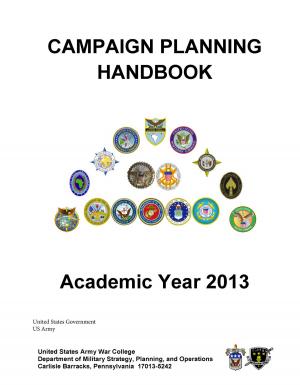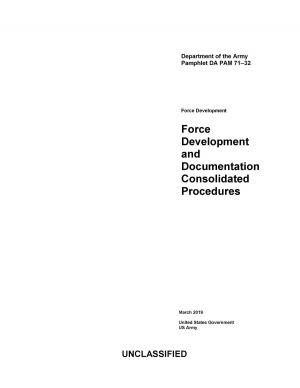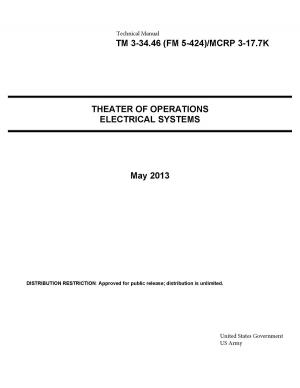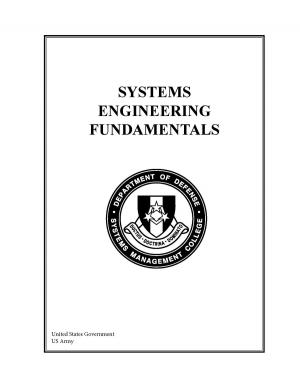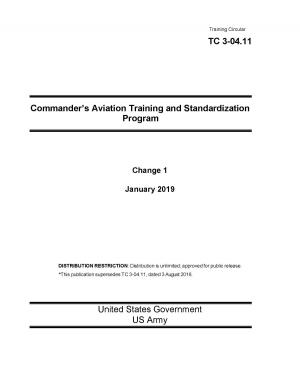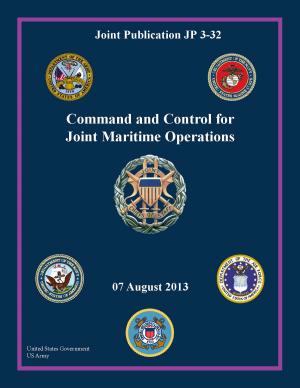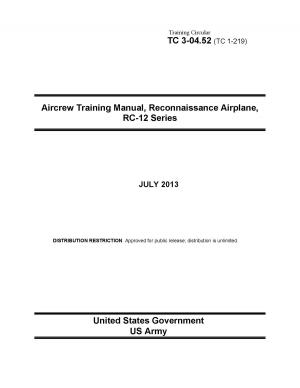Army Tactics, Techniques, and Procedures ATTP 4-32 Explosive Ordinance Disposal Operations
Nonfiction, Reference & Language, Study Aids, Graduate & Professional, Armed Forces, Law, Criminal Procedure, Criminal law| Author: | United States Government US Army | ISBN: | 1230000128303 |
| Publisher: | eBook Publishing Team | Publication: | April 28, 2013 |
| Imprint: | Language: | English |
| Author: | United States Government US Army |
| ISBN: | 1230000128303 |
| Publisher: | eBook Publishing Team |
| Publication: | April 28, 2013 |
| Imprint: | |
| Language: | English |
The Army Explosive Ordnance Disposal program can trace its roots back to April 1941. The United States was not yet at war, but was actively preparing for that eventuality. Embassy personnel and military observers were reporting on the actions of warring nations and as these reports were evaluated by the War Department, Intelligence Sections, recommendations were made concerning actions that should be taken by the United States. Delayed-explosion bombs were creating havoc in Europe, taking a heavy toll on lives and industry. It was expected that if the United States entered the war, we would experience bombing of our cities and industries. As a result, the need for a bomb disposal program in this country received immediate attention. It was decided that both military and civilian bomb disposal personnel would be trained by the Army. All responsibility for bomb disposal was placed under the U.S. Army Ordnance Department.
Army Tactics, Techniques, and Procedures (ATTP) 4-32 provides the doctrinal guidance for commanders, staffs, and leaders at all levels responsible for explosive ordnance disposal (EOD) operations. The doctrine in this ATTP is based on suggestions, insights, and observations developed from past and current operations and an analysis of the future modular force support in line with national military strategy. It provides staff planning, responsibilities, capabilities, and requirements relevant to the EOD mission.
This manual focuses on the employment of EOD forces. This ATTP explains the mission and organization of EOD units. It describes why EOD forces are an important part of the combined arms team throughout all phases of full spectrum operations. It also prescribes responsibilities for EOD forces in support of the Army, Joint Force, and subordinate commanders. The manual reflects and supports the Army operations doctrine as stated in Army Doctrine Publication (ADP 3-0).
This ATTP provides commanders and staff with doctrine for EOD operations and integration of EOD forces. It describes the EOD functional relationships which integrate EOD with the warfighting functions. This ATTP serves to illustrate Army EOD force structure operating as an enabler in the joint operating environment.
This publication applies to the Active Army, the Army National Guard (ARNG)/Army National Guard of the United States (ARNGUS), and the United States Army Reserve (USAR) unless otherwise stated.
The proponent of this publication is the United States Army Training and Doctrine Command (TRADOC).
The Army Explosive Ordnance Disposal program can trace its roots back to April 1941. The United States was not yet at war, but was actively preparing for that eventuality. Embassy personnel and military observers were reporting on the actions of warring nations and as these reports were evaluated by the War Department, Intelligence Sections, recommendations were made concerning actions that should be taken by the United States. Delayed-explosion bombs were creating havoc in Europe, taking a heavy toll on lives and industry. It was expected that if the United States entered the war, we would experience bombing of our cities and industries. As a result, the need for a bomb disposal program in this country received immediate attention. It was decided that both military and civilian bomb disposal personnel would be trained by the Army. All responsibility for bomb disposal was placed under the U.S. Army Ordnance Department.
Army Tactics, Techniques, and Procedures (ATTP) 4-32 provides the doctrinal guidance for commanders, staffs, and leaders at all levels responsible for explosive ordnance disposal (EOD) operations. The doctrine in this ATTP is based on suggestions, insights, and observations developed from past and current operations and an analysis of the future modular force support in line with national military strategy. It provides staff planning, responsibilities, capabilities, and requirements relevant to the EOD mission.
This manual focuses on the employment of EOD forces. This ATTP explains the mission and organization of EOD units. It describes why EOD forces are an important part of the combined arms team throughout all phases of full spectrum operations. It also prescribes responsibilities for EOD forces in support of the Army, Joint Force, and subordinate commanders. The manual reflects and supports the Army operations doctrine as stated in Army Doctrine Publication (ADP 3-0).
This ATTP provides commanders and staff with doctrine for EOD operations and integration of EOD forces. It describes the EOD functional relationships which integrate EOD with the warfighting functions. This ATTP serves to illustrate Army EOD force structure operating as an enabler in the joint operating environment.
This publication applies to the Active Army, the Army National Guard (ARNG)/Army National Guard of the United States (ARNGUS), and the United States Army Reserve (USAR) unless otherwise stated.
The proponent of this publication is the United States Army Training and Doctrine Command (TRADOC).


